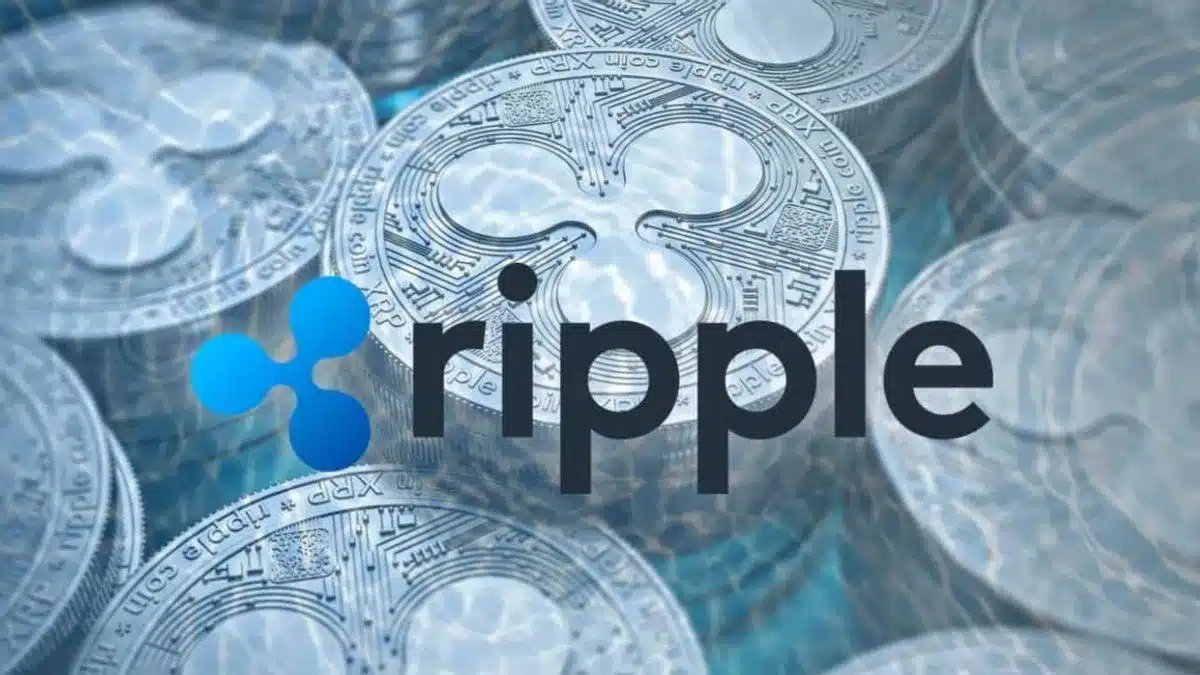Ripple has recently garnered attention for its deliberate approach to securing regulatory approval for its new stablecoin, Ripple USD (RLUSD). This is something that the company is addressing to adhere to the approval requirements against several other existing stablecoins that currently run without any approvals from the necessary bodies.
In a press release on August 9, 2024, the company stated that RLUSD had been launched in its first live testing zone at the XRP and Ethereum mainnets. However, the Ripple team is keen to clarify that RLUSD is not yet purchasable or tradable at the moment. Such issues became the center of discussions within the XRP community as the company insisted that regulatory approval was still pending.
Also Read: XRP Faces Correction as Holders Take Profits Following Recent Gains
Ripple first introduced the concept of RLUSD in June 2024, with CEO Brad Garlinghouse describing it as the “Real USD.” The announcement generated significant interest, particularly given the potential for the stablecoin market to expand from its current valuation of $150 million to as much as $3 trillion by 2028. Ripple’s conservative move is instead an exception to the current stablecoins in the market, as more than half of the available ones are yet to be cleared by the regulatory authority.
Regulatory Compliance as a Strategic Priority
Ripple’s pursuit of regulatory approval for the RLUSD is part of a broader approach to operating under emerging regulations. Since the approval of the EU’s Markets in Cryptoassets (MiCA) regime, operators and issuers of stablecoins are mandated to obtain approval from the authorities. This type of regulation has made Ripple move to great lengths to ensure that upon the development of RLUSD, it complies with these changes before putting it on the market.
One of Ripple’s major supporters – Bill Morgan, averred that Ripple management deliberately decided to hold back RLUSD from being released into the general market until they get a green light from the regulators. He noted that regulatory approval was not required last year to launch stablecoins, but the current market situation is different, and compliance has become a major concern for the issuers.
As Ripple continues to develop RLUSD, its commitment to regulatory approval underscores its long-term vision for the stablecoin. This approach could set a precedent for other stablecoin issuers, especially in light of increasing regulatory scrutiny worldwide.
Conclusion
In conclusion, Ripple’s efforts to secure regulatory approval for RLUSD demonstrate a strategic focus on compliance in a rapidly changing market. While many stablecoins operate without such approval, Ripple’s cautious approach may position RLUSD as a more robust and reliable option in the evolving digital currency landscape.
Also Read: Ripple Co-Founder Comments on SEC Ruling, Celebrates Victory

